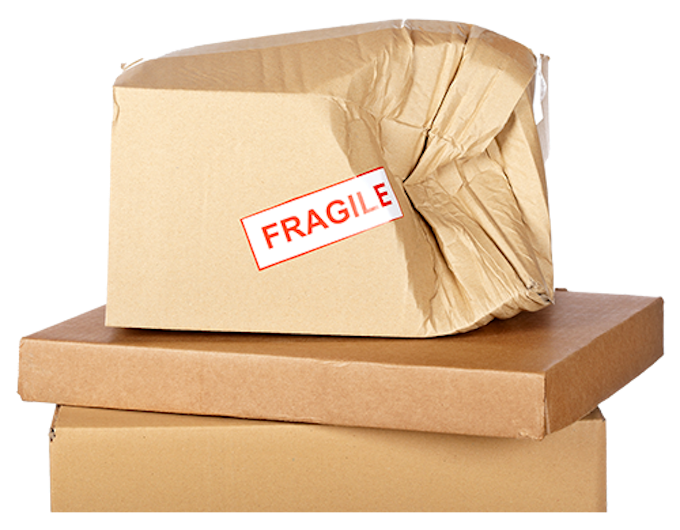Within this process, there are typically three main levels of packaging that affect how products are packed. These are known as primary, secondary, and tertiary packaging.
But whilst each layer serves its own purpose, it’s tertiary packaging that holds the most responsibility – and here’s why.
Read on as we explore all you need to know about tertiary packaging.
What is tertiary packaging?
As we’ve explained, packaging solutions usually consist of three layers: primary, secondary, and tertiary. But what exactly are these layers and what does tertiary packaging mean?
Let’s start at the first level, primary.
In many cases, primary packaging is used to preserve and contain the contents of the package, which is extremely important in the food industry. For example, this would be the wrapper to your Galaxy chocolate that separates it from the rest of the Celebrations box at Christmas.
A secondary layer is then often used to add another layer of protection, as well as advertise the product on the supermarket shelves. Sticking with the chocolate analogy, this would be the red Celebrations box that we all know of.
But it’s the third and final layer of packaging (tertiary packaging) that ensures both the primary and secondary layers, as well as the product itself, arrives in perfect condition – and that’s why tertiary packaging holds the most responsibility. Think about it, without a strong tertiary packaging solution, everything beneath it, including the product, becomes more vulnerable. Examples of tertiary packaging could be cardboard boxes, stretch wrap or pallets.
